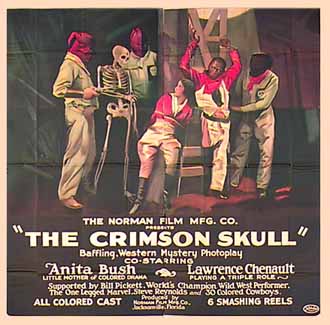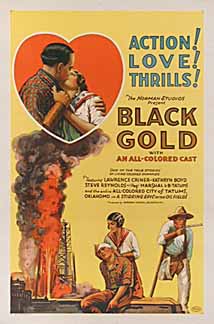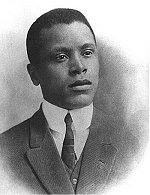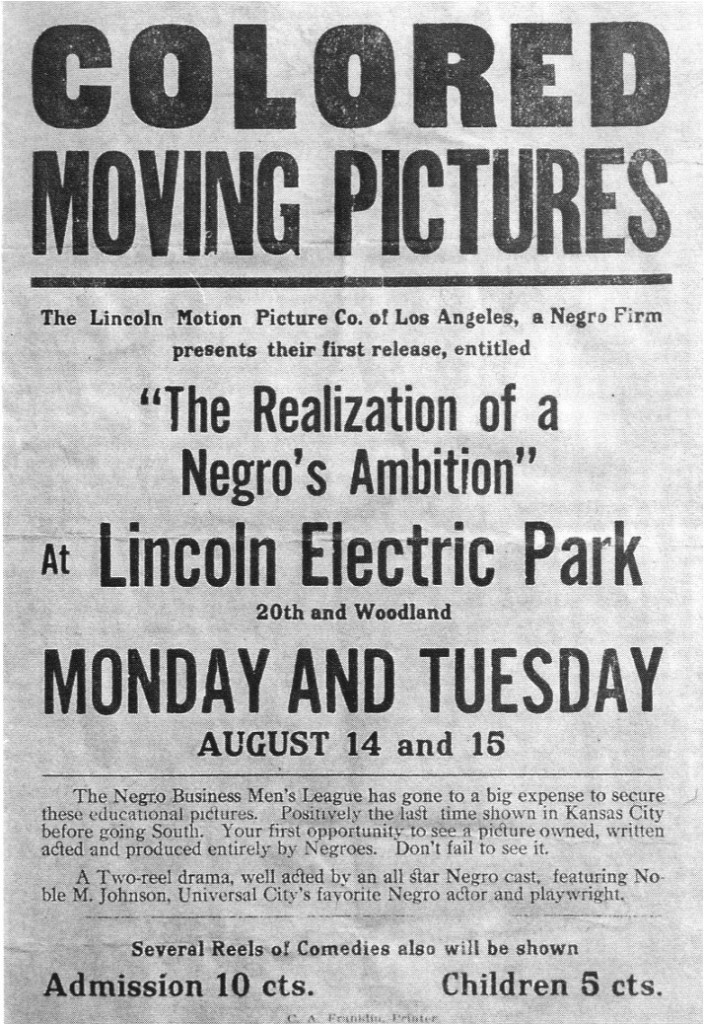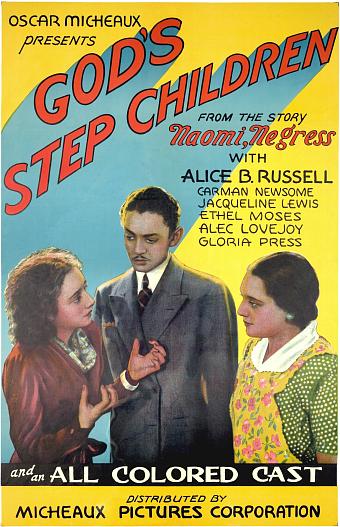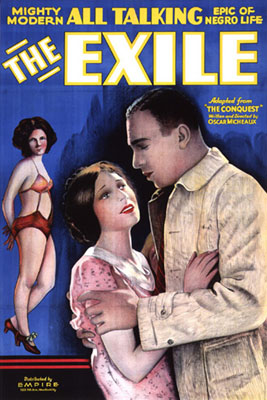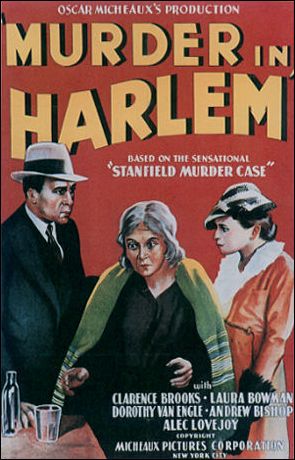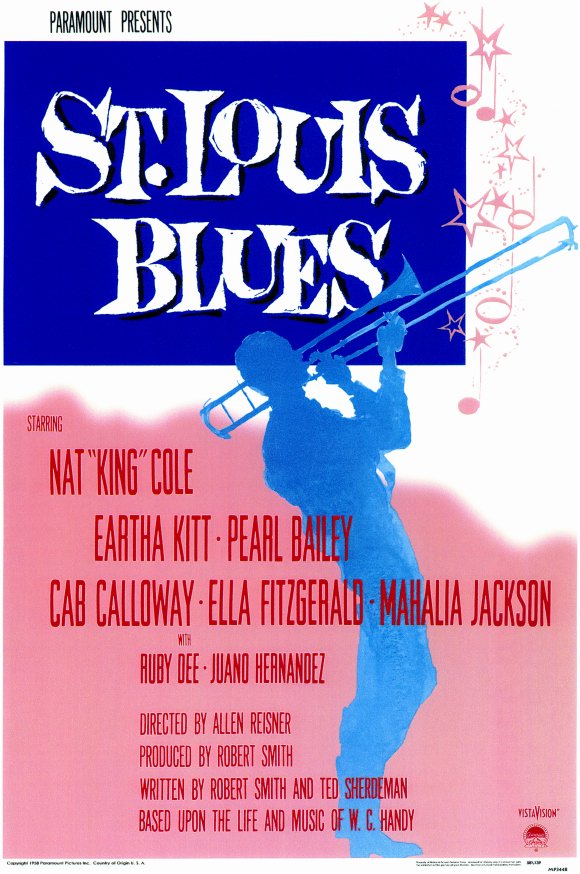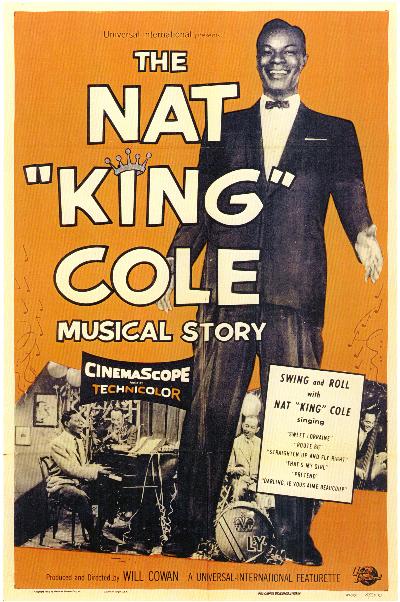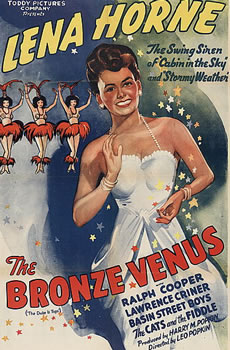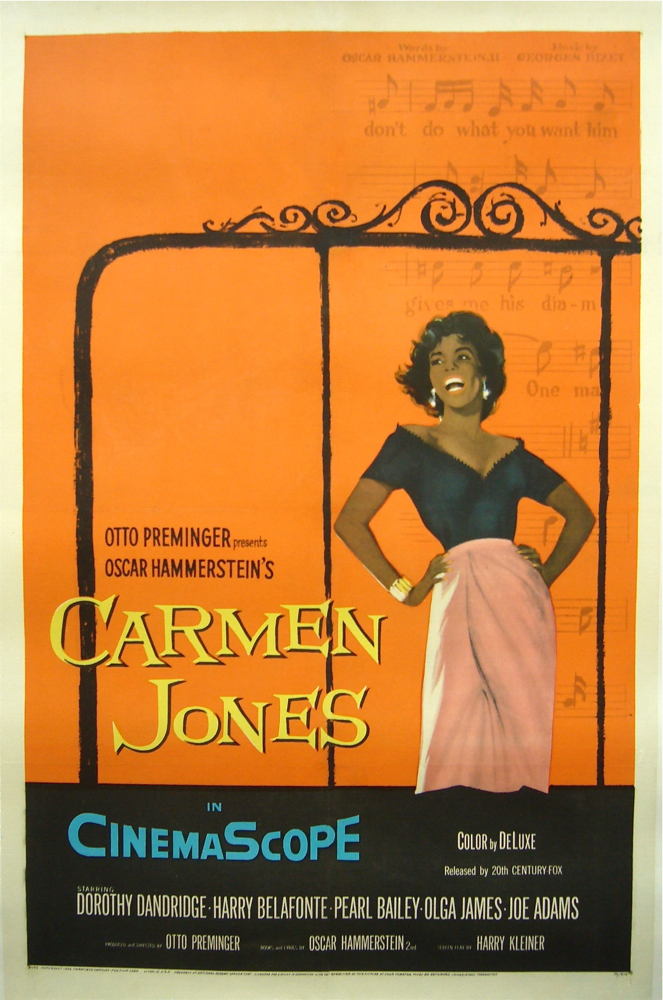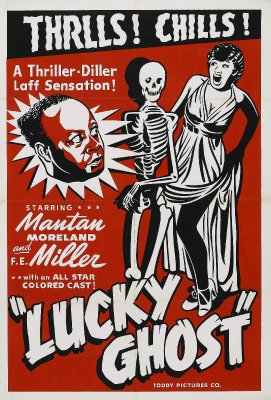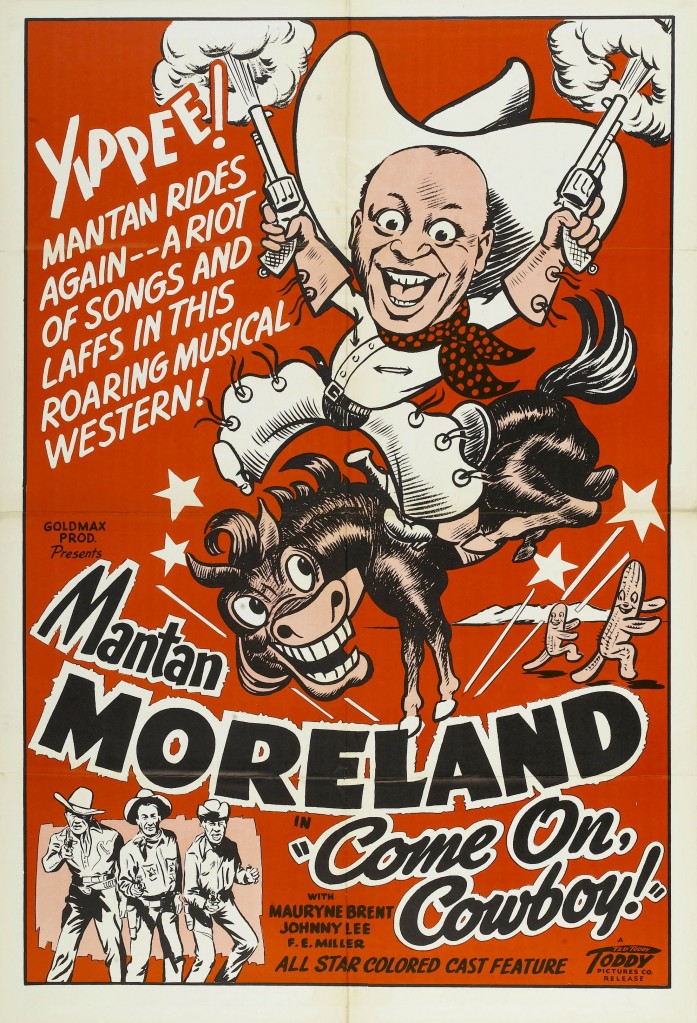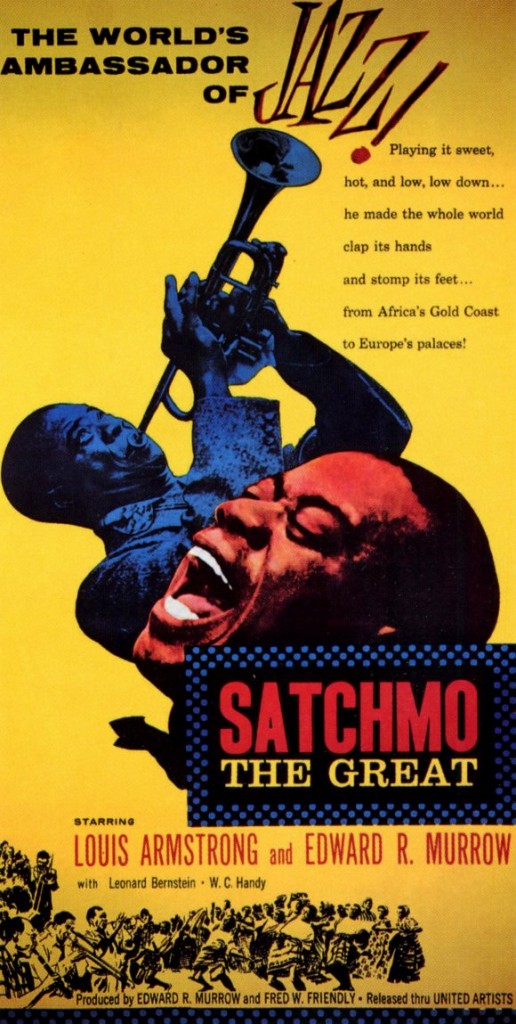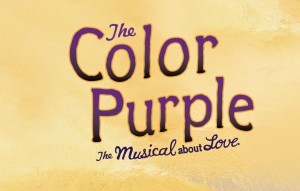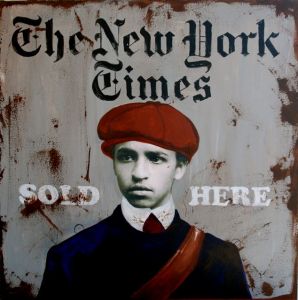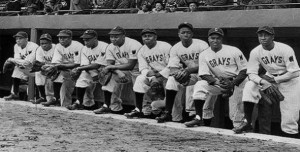Blacks in Motion Pictures provide some of the most interesting studies along with the many controversial interpretations of the roles they played on the silver screen. The messages or themes of these movies have over the years presented a mixture of images based upon what was thought to please the viewers of each particular film. However, many of those films showed Black characters in negative stereotypical roles which the average Blacks would never truly identify as being like themselves.
Independent Black Filmmakers:
The early 1900’s saw for the first time the formation of the Independent Black Filmmaker who took up the cause of counter-attacking the making of The Birth of a Nation. They sought out their own financing in order to produce films with more positive images of Blacks. The Birth of a Race (ca. 1918) was the first independent Black film undertaken and produced by Emmett J. Scott, personal secretary to Booker T. Washington of the Tuskeegee Institute. The film was released in 1919 but never drew movie goers.
The Johnson Brothers, George P. and Noble Johnson, had already begun movie making as the Lincoln Motion Picture Company which opened for business in the summer of 1915. They wanted to produce movies which presented Blacks “in everyday life, human beings with human inclination, talent and intellect.” By 1916, they completed and distributed two films, The Realization of the Negro’s Ambition and A Trooper of Troop K (1916).
Two years before these films, Bert (Egbert Austin) Williams (1873-1922), the famed actor, singer and vaudevillian, became the first Black to appear as a star in a motion picture. His 1914 film, Darktown Jubilee, was not well received even though he appeared in Blackface.
By Right of Birth, 1921, was another one of the “hope for success” movies produced by The Lincoln Motion Picture Company. It covered the portrayal of Black life featuring successful middle-class Blacks.
The seeds were now planted, and 1918 brought to the forefront the legendary name of Oscar Micheaux (1884-1951). Micheaux is credited with keeping the Black independent movie production industry alive from 1918 thru 1948.
Oscar Micheaux posters courtesy of Separate Cinema
Race Movies: 1927-1948
The year of 1927 ushered in a new era in the motion picture industry. The use of sound films or the “talkies” was the new technique connecting the silent staged scenes in movies to the voices of actors and the action of those scenes. The usage of blackface in sound films was still a carry over from the silent films when depicting Blacks in movie roles. The old minstrel shows of entertainment by using exaggerated Black characters was also a continued trend.
The popular rendition of Al Jolson as the Jazz Singer, produced in 1927, and two white sisters, Rosetta Duncan (in blackface) and Vivian Duncan (in natural face), as Topsy and Eva in 1927 dealt with Whites in characterizations of Blacks. In the sound films, the actors were forced to be convincing or sensitive or silly and stereotypic. Soon the Black dialect and “suitable” musical talents of both Black and white actors had to fit into the making of “talkie” motion pictures. Entertainment had to be more convincing by phasing out the blackfaced white actors and the use of more “suitable” Blacks in Black character roles.
The roles of Blacks during the 1929’s thru 1940’s saw the rise of Black actors seeking work but only receiving roles dealing with light comedy, music, or dance. Therefore we see Stepin Fetchit getting star billing as an Black actor in a series of films as the slow-talking, lazy-like plantation Negro (Hearts in Dixie). The film, Hallelujah (1929), conveyed multiple themes of Black stereotypes exhibited in song, dance, blues, spirituals, and frivolity, making star billing with Nina Mae McKinney, a light-skinned Black woman as a standard barer for future lead roles when using Black women. Other stars to receive star billings were Ethel Waters (On with the Show, 1929) and Lorenzo Tucker, who was given the name of the Black Valentino, appearing in Wages of Sin (1928), The Black King (1931), Daughter of the Congo (1930), and Temptation (1936). The famed Bessie Smith made her only screen appearance in the short film, St. Louis Blues (1929).
Below are a few Black Cast movie posters from the collection of The Museum of UnCut Funk.
Contributor: Learn About Movie Posters
Crimson Tide six sheet and Black Gold three sheet courtesy of Posteritiati


